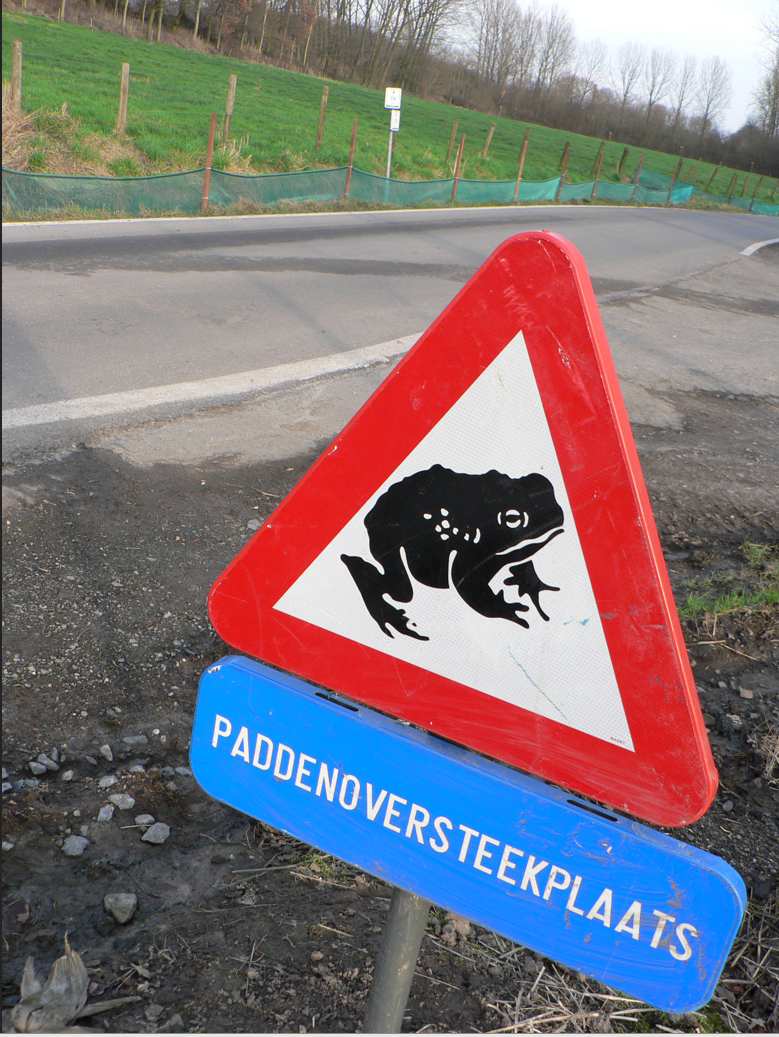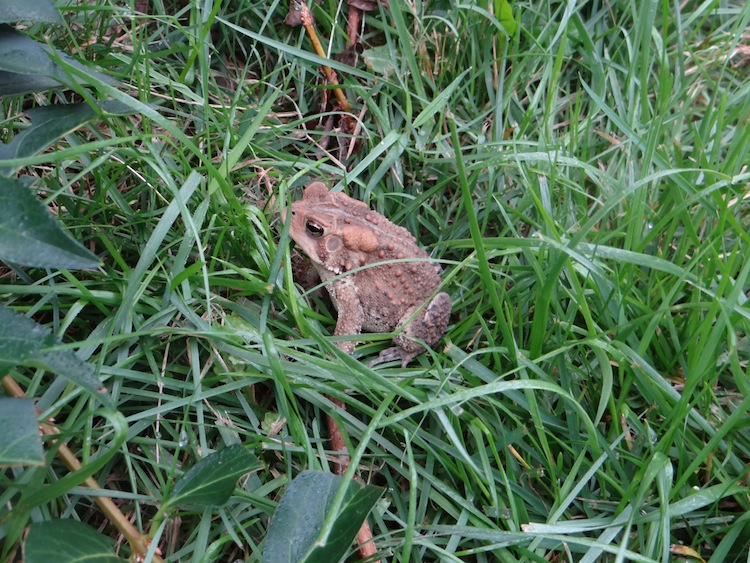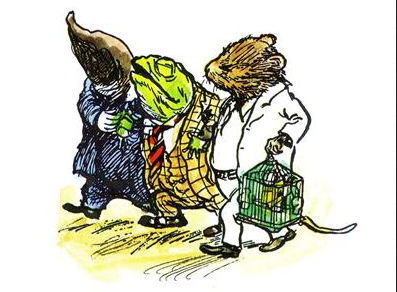One toad,
One song.
Two toads
Sing along.
Three toads,
Better yet.
Four toads,
A quartet…
~Joanne Ryder
There he was in his usual evening spot, right at the hose junction near the forsythia, where a loose coupling allowed a gentle spray of water to moisten the ground daily. I say “he”, not knowing the true sex, but in deference to my affection for “Mr. Toad”, that entertainingly reckless but lovable character in Kenneth Grahame’s children’s novel “Wind in the Willows” whose friends Mole, Badger and Ratty are constantly rescuing and trying to rehabilitate him. So, “Mr. Toad” it shall remain!
The Eastern American Toad or “Bufo americanus” is the most common toad I see. They are amphibians, starting their life in sluggish watery environs as part of a trailing egg mass of thousands covered with protective jelly, hatching into that delightful creature children love to catch: a tadpole. The tadpole gradually morphs into a legged creature which becomes a “landlubber”, but one which requires moisture to thrive. By this time, October, the toads are looking for a spot to hibernate for the winter–not in mud, but a burrow that can be a yard below ground. In spring, they’ll re-emerge to mate, the males inflating their throat pouches to sing their toad-y trillsome songs.
Those bumpy warts on a toads back? They’re special glands (parotid) that produce a nasty, toxic substance that discourages animals from eating them. Don’t go licking a toad! Toads will also puff themselves larger to put off predators. Still, snakes, skunks, owls and coons will eat Mr. Toad. Apparently racoons will flip them over to avoid dealing with those parotids!
 Toads are most active at night, preying on worms, bugs, slugs, spiders and well, practically anything they can jam into their maws with their arms! They’re considered a beneficial critter to gardeners who sometimes make “toad halls” by upending flowerpots for toads to shelter under since they like to hide during the day, liking the naturalistic not-too-neat gardens.
Toads are most active at night, preying on worms, bugs, slugs, spiders and well, practically anything they can jam into their maws with their arms! They’re considered a beneficial critter to gardeners who sometimes make “toad halls” by upending flowerpots for toads to shelter under since they like to hide during the day, liking the naturalistic not-too-neat gardens.
The Queen and her Ladies-in-waiting
Sat at the window and sewed.
She cried, “Look! who’s that handsome man?”
They answered, “Mr. Toad.”’
Recommendations for children:
Toad in the Road by Joanne Ryder, 2007, Henry Holt . A poetry collection interspersed with information about toads on each page. It’s divided up into seasonal accounts to follow their life cycle.
Wind in the Willows by Kenneth Grahame, 1908. Anthropomorphized animals in pastoral England (Thames Valley), that you’ll come to love. Themes of friendship, mysticism,adventure. (For kids of all ages!)




